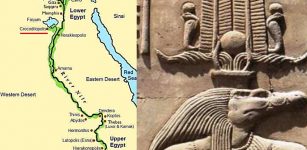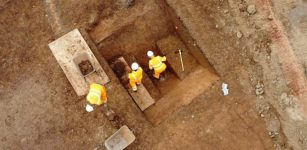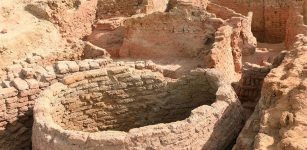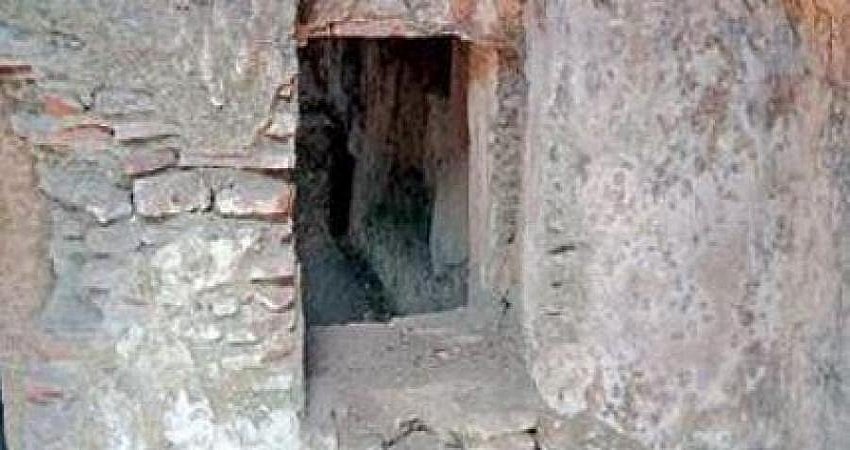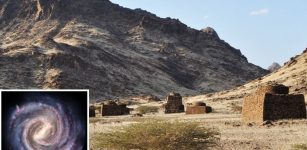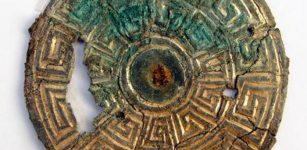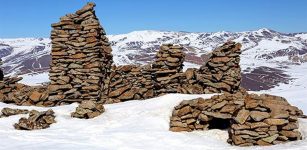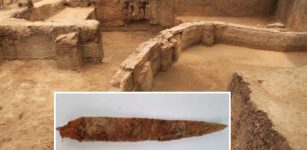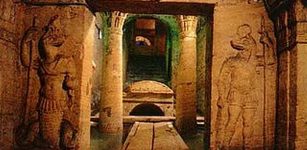Incas Watched The Heavens At Mountaintop Observatories On Machu Picchu – New Research Confirms
MessageToEagle.com – The existence of astronomical observatories in the National Archaeological Park of Machu Picchu has now been confirmed by Peruvian researchers conducting studies in conjunction with experts from Poland.
Polish and Peruvian investigators looked at the observatories of Inkagaray (located northwest of the mountain Waynapicchu) and Intimachay.
The latter is an observatory located at the top and bottom of the Hall of mirrors Ilgata de Machu Picchu. There was a window front and side. From this site, Inca astronomers could have watched and tracked a number of astronomical phenomena, summer and winter solstices and the movements of the moon.
The building has two trapezoidal niches. Each hole about 5 centimeters in diameter.
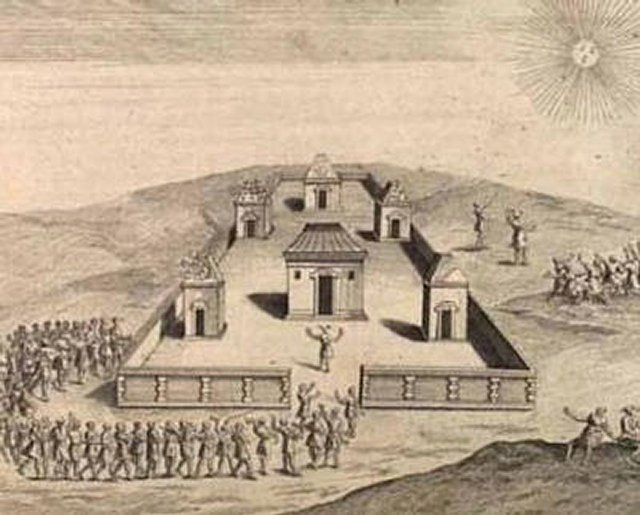
Although for centuries was suspicious of astronomical knowledge recorded in Machu Picchu, this is the first time a team of scientists confirmed using the latest technology – 3D scanning software to analyze the structures and compare their shape and placement with the positions of the stars as would have been seen by the Incas, Peru This Week reported.
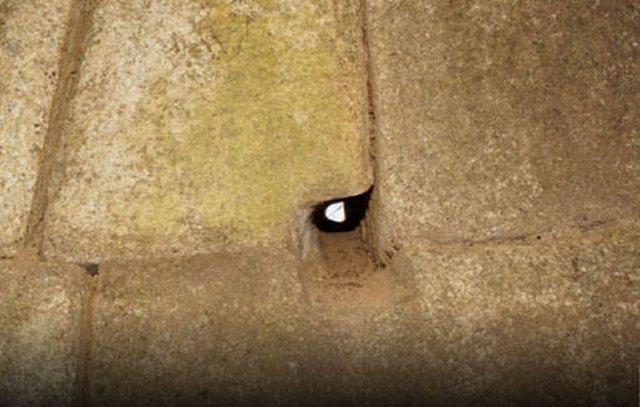
Sol Civilization Astronomy played a key role in the culture, religion and daily life of the Incas, who used to conduct astronomical events for various ceremonial events and plan agricultural activities.
The city of Cuzco, for example, was built in such a way that replicates the night sky pointing certain astronomical bodies.
The Pleiades was one of the most important constellations, and its heliacal rising was the inca start year, which occurs 13 to 15 days before the winter solstice.
They saw a relationship between the time when the Pleiades are visible and the annual agricultural cycle. Thus, one of the names by which the cluster was designated Collca, meaning “food store” in Quechua.

The Pleiades are absent from the night sky between May 3 and June 9, during a period of 37 days, which coincides with the time between harvest and the next planting season in the highlands. The Incas are known for having erected observatories at different locations in order to capture the first and the last rays of sun through a series of windows went really located.
The main observatory was the Koricancha (Quechua: Quri Kancha ‘golden temple’) and was completely covered with gold, and paying tribute to Inti, the Sun God Drawing of the Sun Inca ceremony Given this knowledge, it should not surprise that the famous Machu Picchu is an observatory located in a very privileged position.
This discovery is the first time that the existence of Inca astronomy has been confirmed, even though it was described as early as 1572 by chronicler Sarmiento de Gamboa, who found a wall with two trapezoidal niches, each with a hole five inches in diameter.
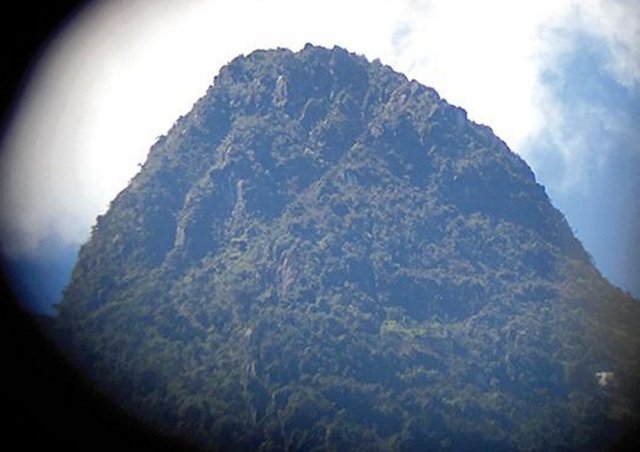
The Spanish explorer wrote:
Holes … through which the sun’s position can be seen as if it were an astrolabe. Considering the place where the sun is passing through the right holes at the time of plowing and planting … Now finally science begins to recognize, for the first time officially, the architectural features of Machu Picchu were conceived and designed with the cosmos in the minds of its builders. One of the small holes in the walls of Machu Picchu.
Scientific investigations were made possible by Peruvian-Polish project, which permitted work archaeoastronomical exploration through art equipment such as 3D scanning and special software that allowed to locate the exact position of the stars in the Inca period and contrast it with the monuments today.
Analyses and researches were conducted by teachers Jacek Kosciuk Technical University of Wroclaw in Poland; Mariusz Ziolkowski, University of Warsaw, and self-manage Archaeological Park, Fernando Astete.
“For this year it is planned to explore the summit of the mountain Yanantin to locate sukanqas or solar markers, placed vertically in Inca times, and so have more elements to corroborate the existence of astronomical observatories. Archaeoastronomical studies were also carried out using 3D laser scanning and sector intihuatana mountain Machu Picchu,” Astete said.
MessageToEagle.com

